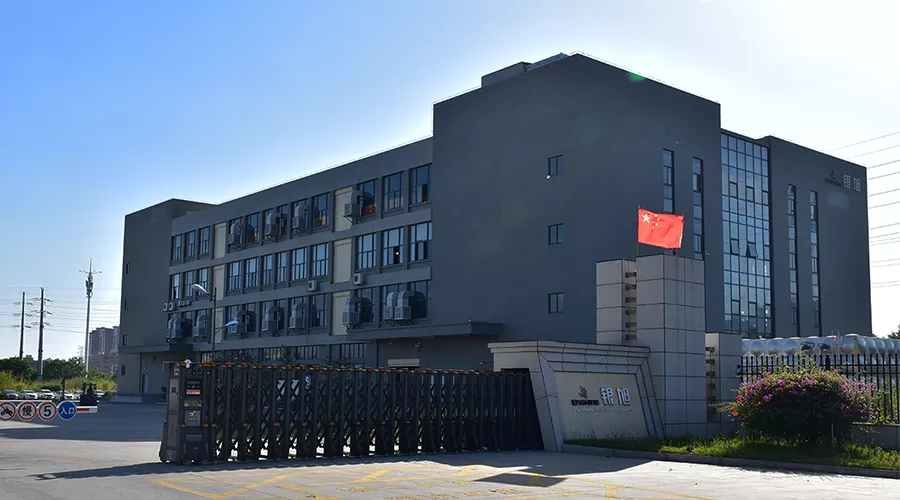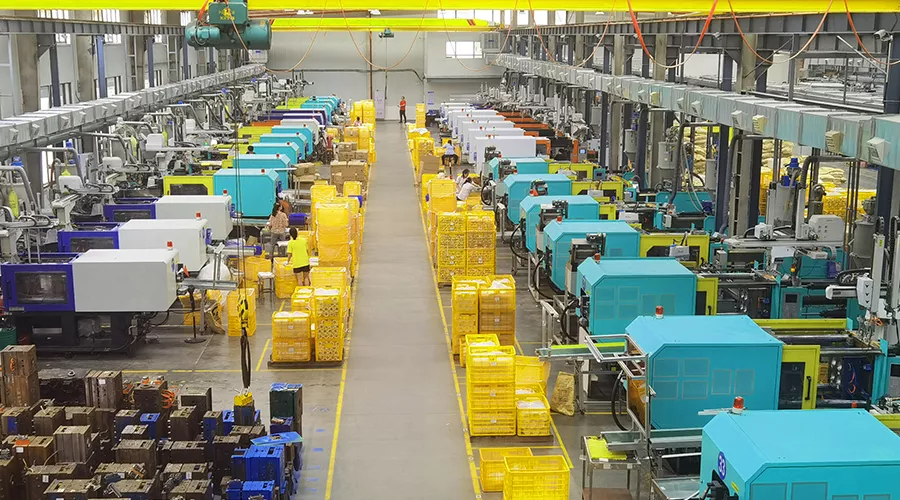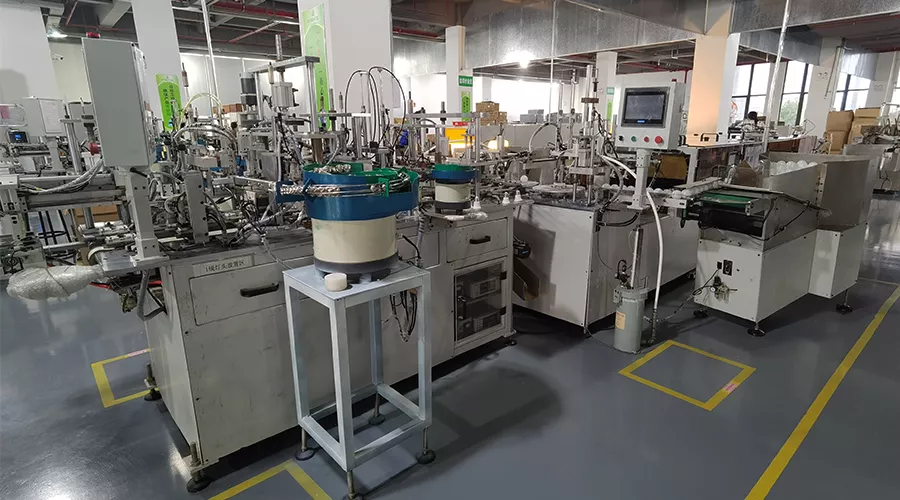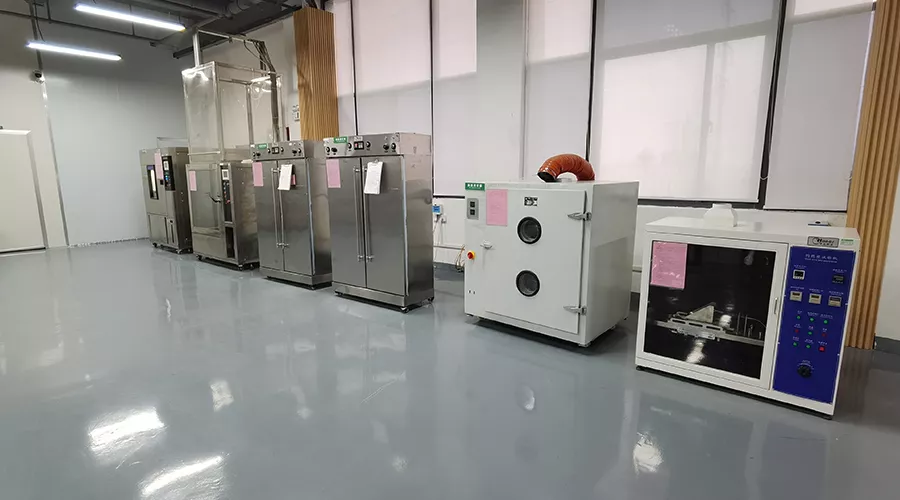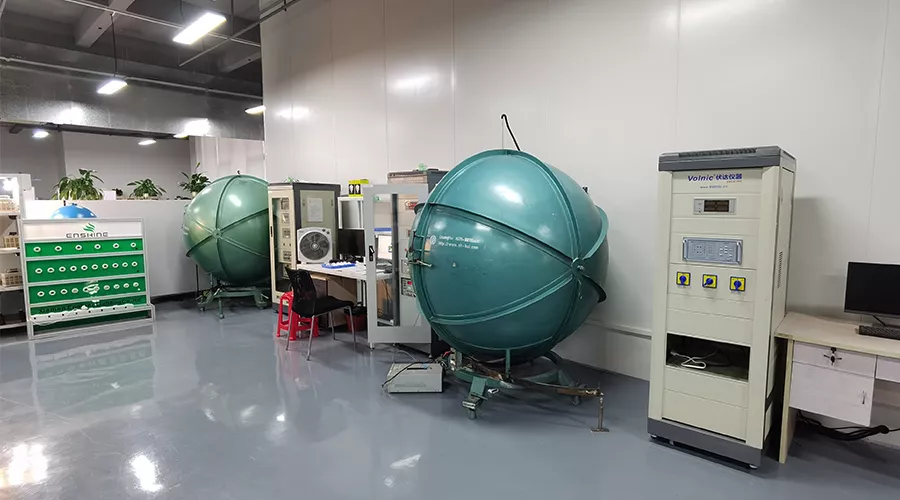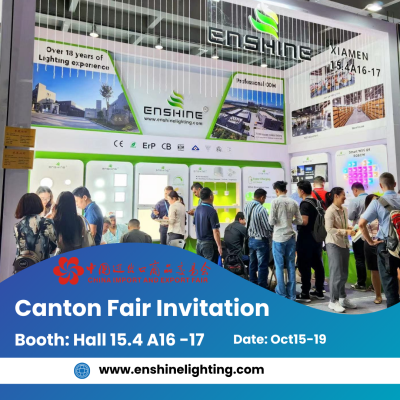ENSHINE Lighting
lights up your world for love and hope!
Smart Lighting
Smart Life, Illuminated with Heart
Outdoor Lighting
Indoor Lighting
ABOUT ENSHINE
Enshine Lighting was founded in 2006, we specialize in manufacturing LED industrial lighting products with great production control system, quality control system, supplier chain and strong capital support.
In recent years, ENSHINE focuses on market demand, vigorously optimize the industrial layout, and strengthen scientific and technological innovation, the business plate has been from the original LED light source lighting, and gradually expand to smart lighting, industrial lighting, UV germicidal lighting, road lighting, plant lighting, and other fields, and strive to build a competitive lighting industry cluster.
Years
Sqm Workshop
Employees
Exporting Countries
NEWS
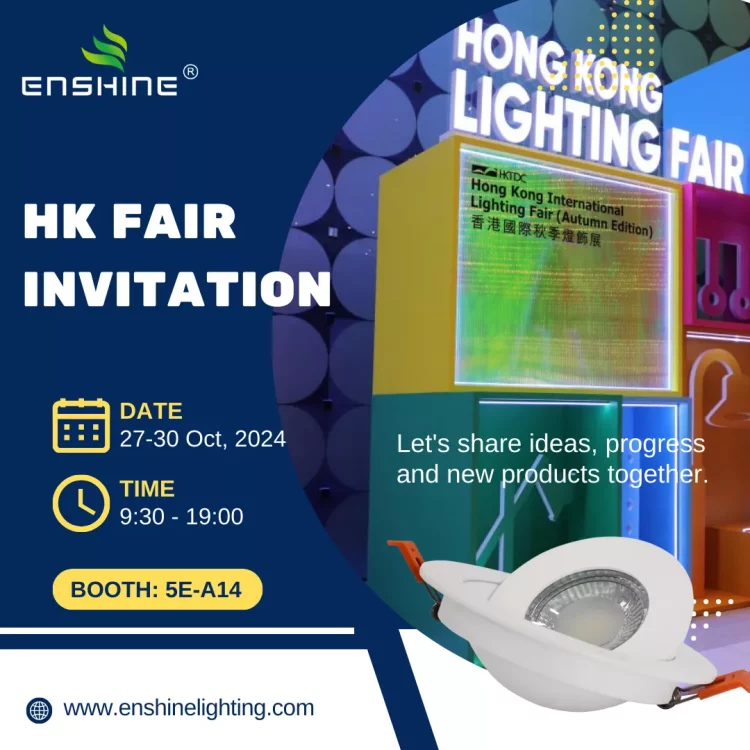
Enshine Lighting at 2024 Autumn Hongkong Fair Booth 5E- A14
Enshine team sincerely invites you to visit our booth at the Autumn Hongkong Fair Booth 5E- A14 on Oct 27-30. We are working hard for this coming new fair and sincerely invite all friends to visit our...
Oct 09, 2024
